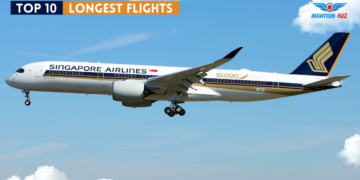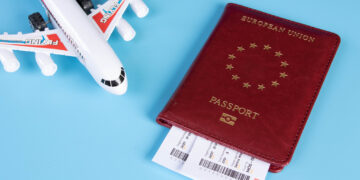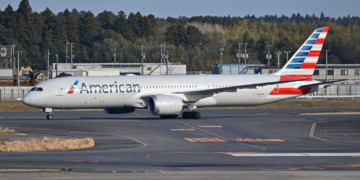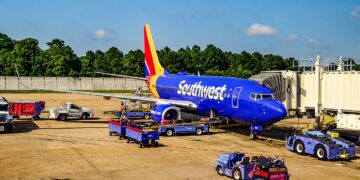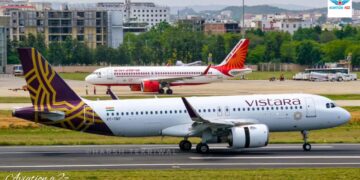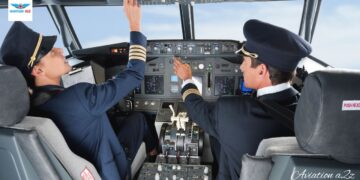A United Airlines flight from Chicago O’Hare International Airport to Miami had to return Friday to Chicago O’Hare International Airport when the aircraft struck a bird shortly after takeoff, the airline stated.
Chicago O’Hare International Airport
United Airlines told in a report that Flight 1930 returned safely to Chicago O’Hare International Airport “after experiencing a bird strike shortly after take-off.”
No one aboard the Boeing 737-900 aircraft was injured, the airline said. The passengers later boarded another aircraft that was expected to depart O’Hare early Friday afternoon bound for Miami International Airport.
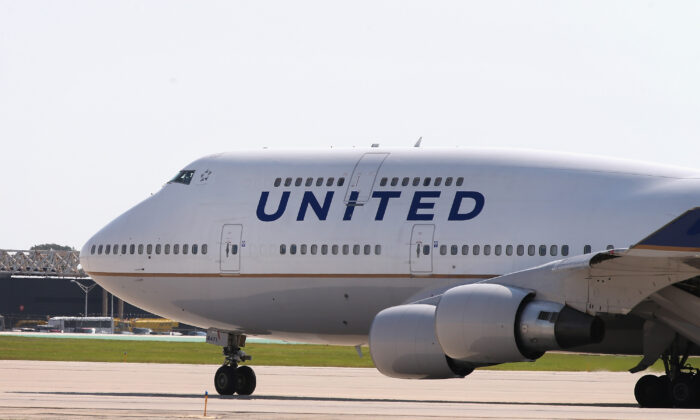
United Airlines provided no other details on the incident, including when it occurred, but a spokeswoman for the Chicago Department of Aviation said a “stand-by alert” was issued for Flight 1930 at 11:14 a.m.
- The spokeswoman stated the situation was “secured” about 15 minutes later.
Kimberly Fiock was on the flight Friday morning with her husband. “I knew something was wrong because there was fire below the wing that kept coming out in spurts, and it felt like the aircraft was kind of jerking,” Fiock told CNN.
“We could hear the pops of the engine trying to begin and see the fire on our side since we were right by the wing. The lights kept flickering, too, when it would pop. I was just hoping we would be able to land safely!” Flock told she didn’t realize a bird strike had caused the issue until after the flight landed.
Also, read
- US DOT criticises airline delays as “unacceptable” and plans airline scorecard | EXCLUSIVE
- Star Air Added New Mumbai-Kolhapur Flight route | Exclusive
- Alaska Airlines declared cut-off of 4 routes: 2 from LA and Austin | Exclusive
“The pilots did a great job getting us back safely, and I’m so thankful to them and the crew,” she told. Flight tracking site FlightAware shows that Flight 1930 took off at 10:47 a.m. local time and returned to O’Hare 42 minutes later.
A new aircraft was assigned to the flight, the airline stated, and it departed early Friday afternoon.
Federal Aviation Administration
According to the Federal Aviation Administration, there were more than 17,000 wildlife strikes at 753 US airports in 2019. Engines are the most frequently damaged component of civil aircraft in the US, according to the Federal Aviation Administration(FAA), accounting for about a quarter of all damaged aircraft components.
The Federal Aviation Administration has a Wildlife Strike Database tracking such incidents. The number of wildlife strikes with aircraft is on the rise, the FAA says on its wildlife site. Strikes have risen steadily from about 1,800 in 1990 to 16,000 in 2018, the FAA website said.
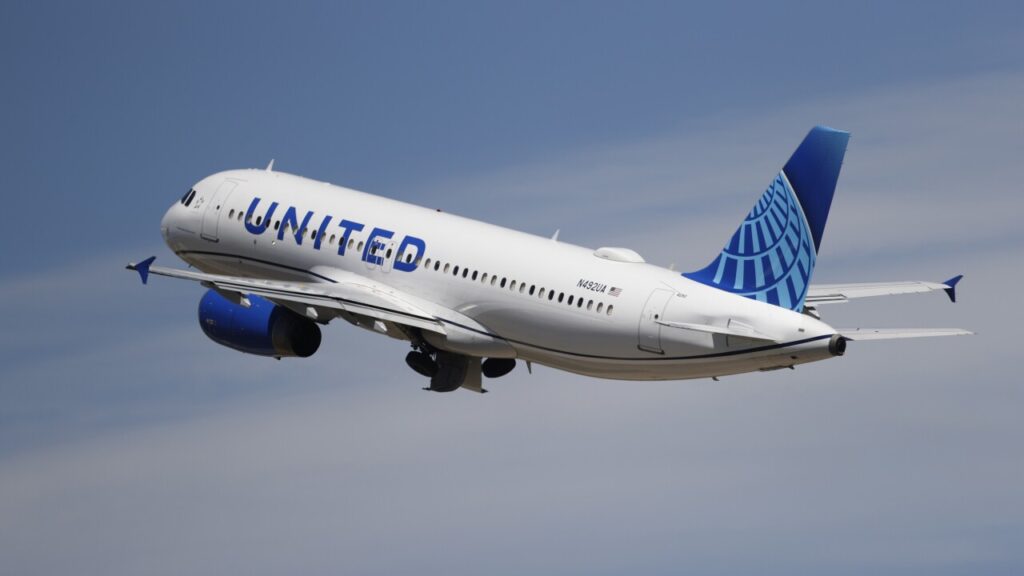
“Expanding wildlife populations, increases in the number of aircraft movements, a trend toward faster and quieter aircraft, and outreach to the aviation community all have contributed to the observed growth in reported wildlife strikes,” the Federal Aviation Administration site said.
In 2009, pilot Chesley B. “Sully” Sullenberger III famously landed US Airways Flight 1549 on New York’s Hudson River after a double bird strike took out the plane’s twin engines.
Thank you
stay updated with Avitiona2z.com



